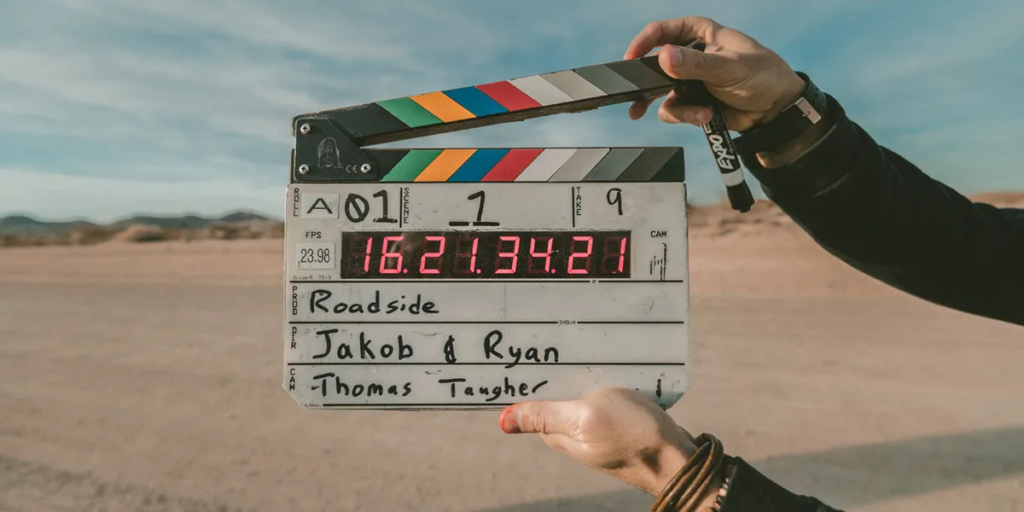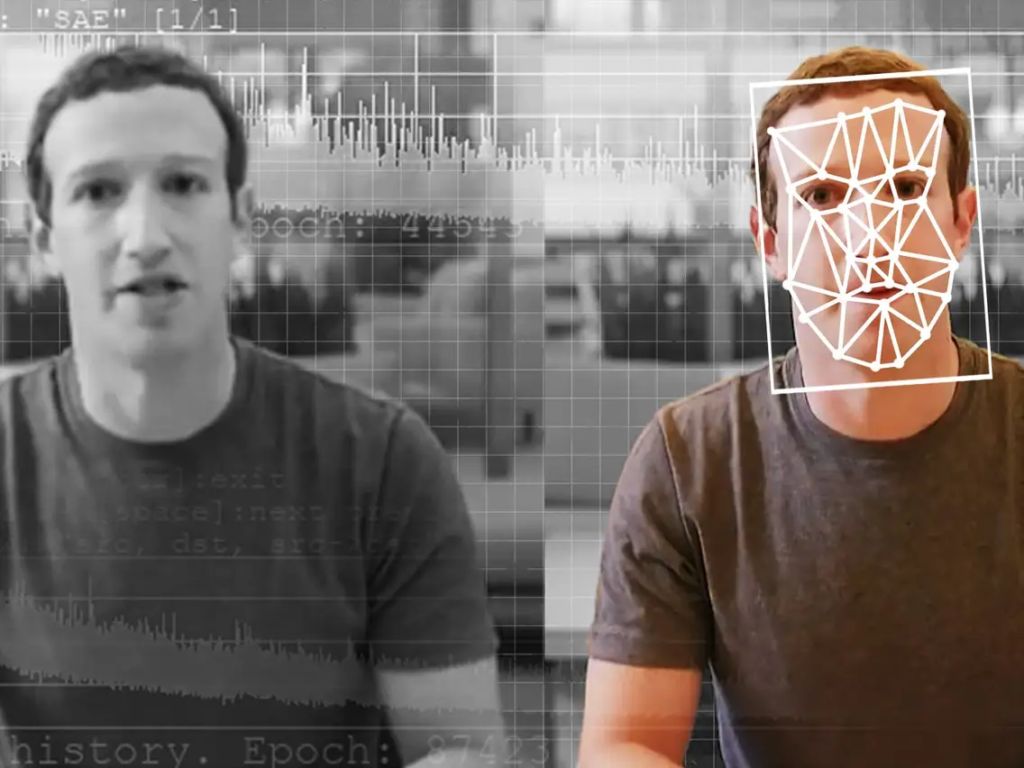In the context of legal proceedings, individuals may find themselves in a position where they must present evidence to establish their innocence or challenge accusations in a court of law. Audio and video recordings have traditionally served as valuable forms of evidence to support their case and demonstrate culpability. However, the emergence of Deepfake technology raises concerns about the reliability of audio and video evidence. As Deepfake techniques advance, the credibility of such evidence diminishes, potentially impacting its effectiveness in legal situations.
In the above video, the person may appear to be Elon Musk at first glance; however, this assumption is incorrect. This phenomenon is increasingly prevalent, where videos featuring prominent individuals, including celebrities, incorporate convincing visual and auditory elements that make differentiation between authentic and manipulated content challenging. Such content falls under the category of Deepfakes – multimedia, whether videos or images, that utilize advanced technology to create deceptive impressions. If you’re unfamiliar with the term “Deepfake” and its implications, I encourage you to continue reading this article for a comprehensive understanding.
What are Deepfakes?
Have you ever applied filters to your images before sharing them online? Chances are, you’ve tried your hand at it. Similarly, experimenting with video and photo editing apps to alter your appearance might be something you’ve done. It’s important to recognize that Deepfakes operate on a similar principle, albeit with a distinct objective – mimicking another individual in a video or image. Essentially, the creators of Deepfakes leverage techniques akin to those you employ for personal enhancements, albeit with divergent intentions mostly of impersonating other people. These sophisticated simulations are crafted using Artificial Intelligence technology, a field that’s progressively expanding. As it evolves, so too does the realm of Deepfakes, growing in sophistication day by day.
How did this start?
The familiar adage claiming that “a picture does not lie” has long held sway. However, the proliferation of computer software tools such as Photoshop and their counterparts has shaken this belief to its core. In this evolving landscape, the veracity of photos and videos has become increasingly questionable. The capabilities of such software have enabled individuals to manipulate visual content at will, blurring the line between authenticity and fabrication in images and videos. This has led to a situation where the content portrayed may not necessarily reflect reality, prompting a reevaluation of our trust in visual media.
Read more on how to protect yourself with strong passwords
The significance of photographic evidence waned as digital manipulations gained ground, reshaping perceptions of authenticity. Videos, though seemingly impervious to tampering due to the challenges in seamlessly replacing original content, are undergoing a transformative shift owing to the emergence of Deepfake technology, as elucidated previously. Deepfakes have the capability to amalgamate recorded voices with artificially generated visual components, meticulously crafting the illusion that the figure portrayed in the video is the actual speaker. This paradigm shift profoundly impacts the credibility of video-based evidence.

Before delving into the realm of deepfakes, consider the playful selfies where individuals morph into animals or sport whimsical accessories via platforms like Snapchat. This is just the initial phase, as the crux of this transformation rests on Face Detection technology. This innovation enables machines to discern faces, serving as the foundation for these captivating alterations.
How is this done?
Recently, filmmakers achieved similar feats to this technology, albeit through arduous and costly processes. They relied on specialized equipment to replicate expressions and actions from one individual’s face to another’s. However, this method often encountered challenges due to differing acting abilities. This intricate approach was notably employed in films such as Star Wars.
In the present day, the accessibility of Deepfake creation has expanded to include regular individuals, thanks to software like FakeApp. This computer program harnesses the power of Artificial Intelligence, enabling users to manipulate videos by seamlessly integrating desired faces sourced from online photographs. This process differs from the techniques employed by professional actors, as it is quicker, more cost-effective, and yields comparable outcomes.

How is this possible? Artificial Intelligence is a technology that gets better by learning too much data. So, it is easy to give it many versions of one face and ask it to create a similar face with the voice (if you trained it on that voice). This is how people create deepfakes. They feed too much data of a face or a voice into the AI model, and then the model creates a similar thing to what it learned using patterns in faces.
Changing one’s voice has become simpler with the introduction of technology. In 2016, Adobe unveiled Adobe VOCO, a program capable of altering voices to match desired tones. Users can input text, and the program renders the words in the desired voice.
Where is this taking us?
As technology progresses, the proliferation of these challenges is expected to intensify rather than diminish. Some adverse outcomes associated with deep fakes include:
Misuse of Famous Faces: Certain individuals have employed well-known visages to create inappropriate videos using this technology.
Political Predicaments: Politicians frequently address audiences in accessible settings, rendering them susceptible to manipulated content, leading to fabricated statements and ensuing controversies.
Information Credibility: Everyday individuals may struggle to differentiate between authentic and falsified information. Distinguishing between the two is often intricate.
Enhancing Film Production: Deepfake technology holds the potential to revolutionize the film industry by enabling the creation of high-quality films with seamless visual effects. This technology can streamline the process of replicating characters and scenes, reducing the need for extensive physical alterations or expensive post-production work.
Deepfake technology carries both potential benefits, like improved films, and risks, including misuse and information credibility challenges. Vigilant and informed utilization is essential.
How can you know if a video is deepfake?
Detecting a deepfake video through visual cues alone can be challenging, but certain aspects like eye movement, lip sync, and background details can offer clues. Fortunately, there’s optimism for advancements in technology that can discern authentic content from deepfakes. Since deepfakes employ AI, there’s potential for AI to be employed in their identification. The ongoing progress in this field holds promise for establishing clear differentiators between genuine content and deepfakes.

Author’s comment
Deepfake technology indeed offers versatile applications, carrying both potential benefits and risks. While it has the capacity for positive use, it also poses significant potential harm. My initial exposure to deepfake technology came during a journalism course, where I learned the paramount importance of source verification. As a journalist, the responsibility lies in meticulously scrutinizing the origins of information, particularly with video or audio content. If required, additional steps such as directly contacting individuals featured in the content are taken to ensure the accuracy of their statements. This diligence serves not only journalists but also functions as a tool in combating misinformation and rumors.
I highly recommend exercising caution when receiving any form of information, whether it’s photos, videos, or audio. Whenever possible, take the time to verify its authenticity. If you’re uncertain about the source, approach it with skepticism. In legal contexts, the integrity of evidence is crucial. The reliance on visual cues, might not suffice. To ensure a comprehensive investigation, law enforcement agencies possess various tools to analyze and ascertain the legitimacy of evidence. It’s imperative not to base conclusions solely on a single piece of evidence, as a holistic approach is necessary to arrive at accurate judgments.
Read more on why our keyboards have a weird layout
As I conclude, I can say that in a landscape influenced by deepfake technology, cautious scrutiny of information is paramount. Be it journalism or legal matters, thorough verification and comprehensive investigation serve as vital defenses against manipulation. Ensuring accuracy necessitates collective awareness and a multi-faceted approach to confirming information’s validity.
Thank you for reading, if you liked this post, it is possible that you will love other posts from us, join our community on WhatsApp if you want to learn more about what we do, visit our corporate website or use our email [email protected] to reach out to us.
Cheers!



